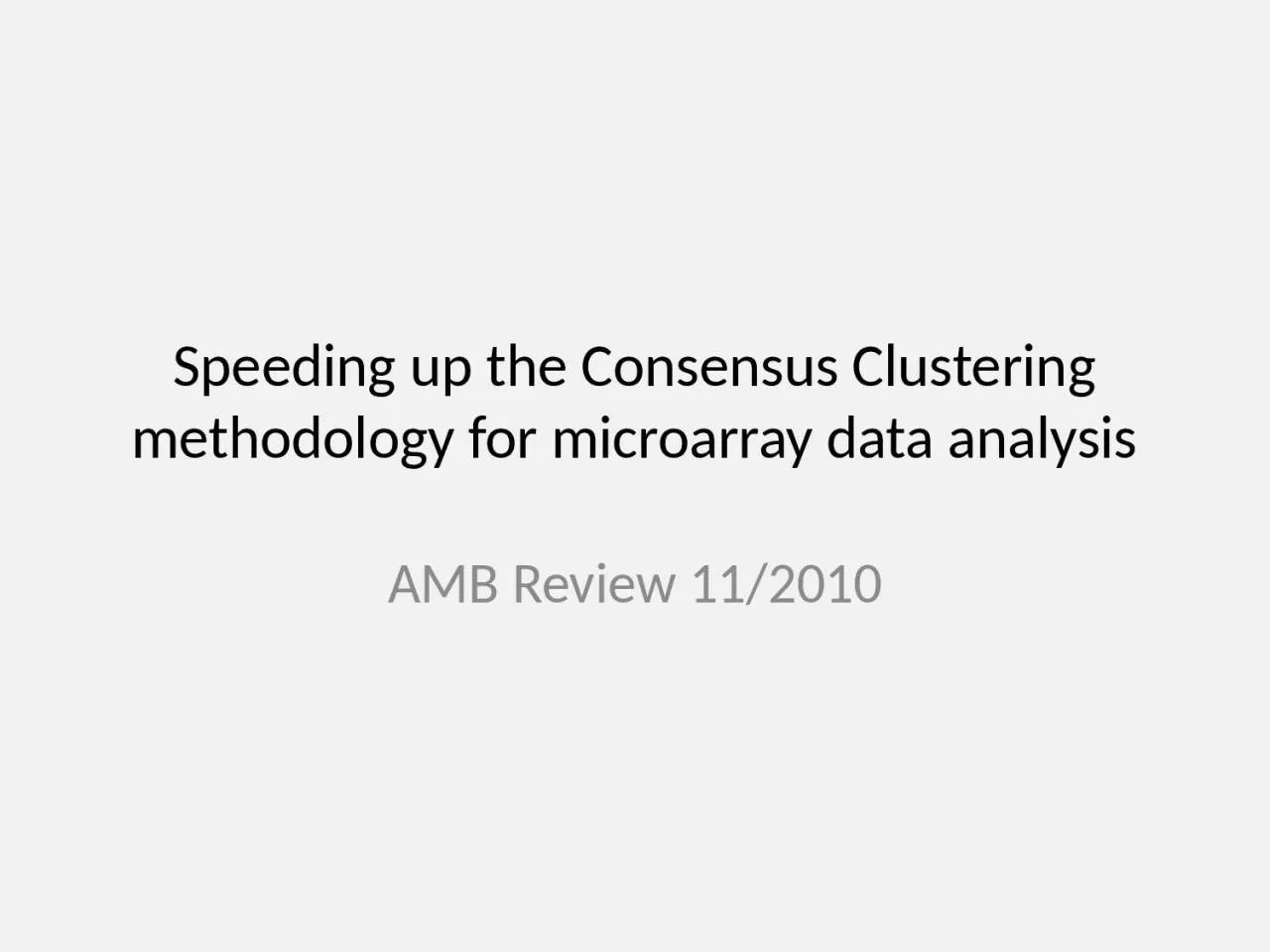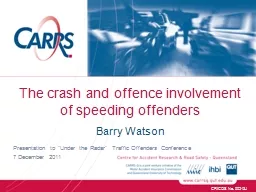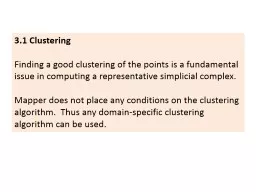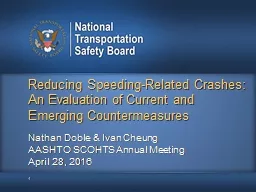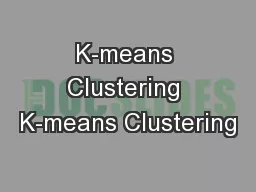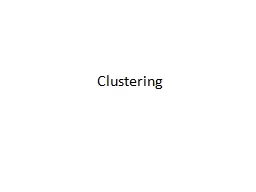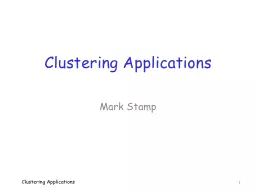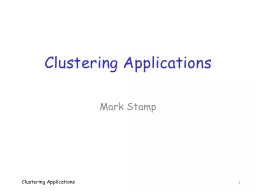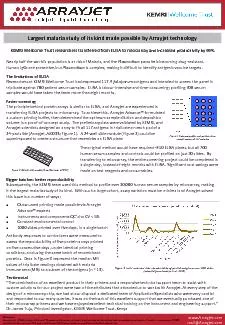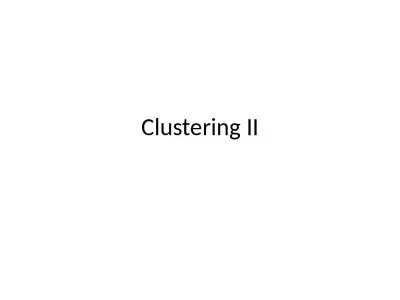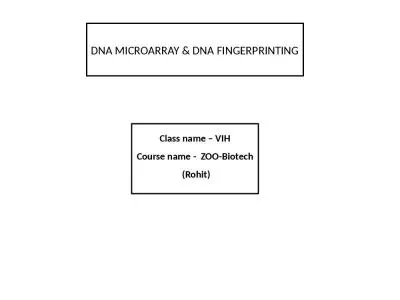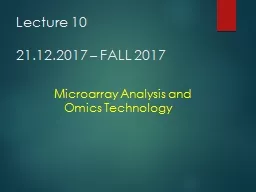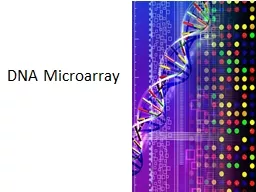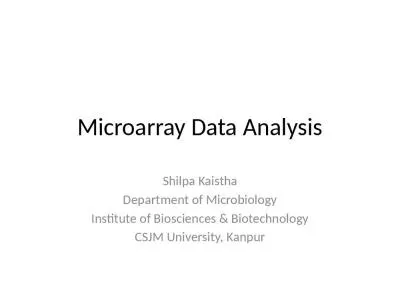PPT-Speeding up the Consensus Clustering methodology for microarray data analysis
Author : unita | Published Date : 2023-05-20
AMB Review 112010 Consensus Clustering Monti et al 2002 Internal validation method for clustering algorithms Stability based technique Can be used to compare algorithms
Presentation Embed Code
Download Presentation
Download Presentation The PPT/PDF document "Speeding up the Consensus Clustering met..." is the property of its rightful owner. Permission is granted to download and print the materials on this website for personal, non-commercial use only, and to display it on your personal computer provided you do not modify the materials and that you retain all copyright notices contained in the materials. By downloading content from our website, you accept the terms of this agreement.
Speeding up the Consensus Clustering methodology for microarray data analysis: Transcript
Download Rules Of Document
"Speeding up the Consensus Clustering methodology for microarray data analysis"The content belongs to its owner. You may download and print it for personal use, without modification, and keep all copyright notices. By downloading, you agree to these terms.
Related Documents

